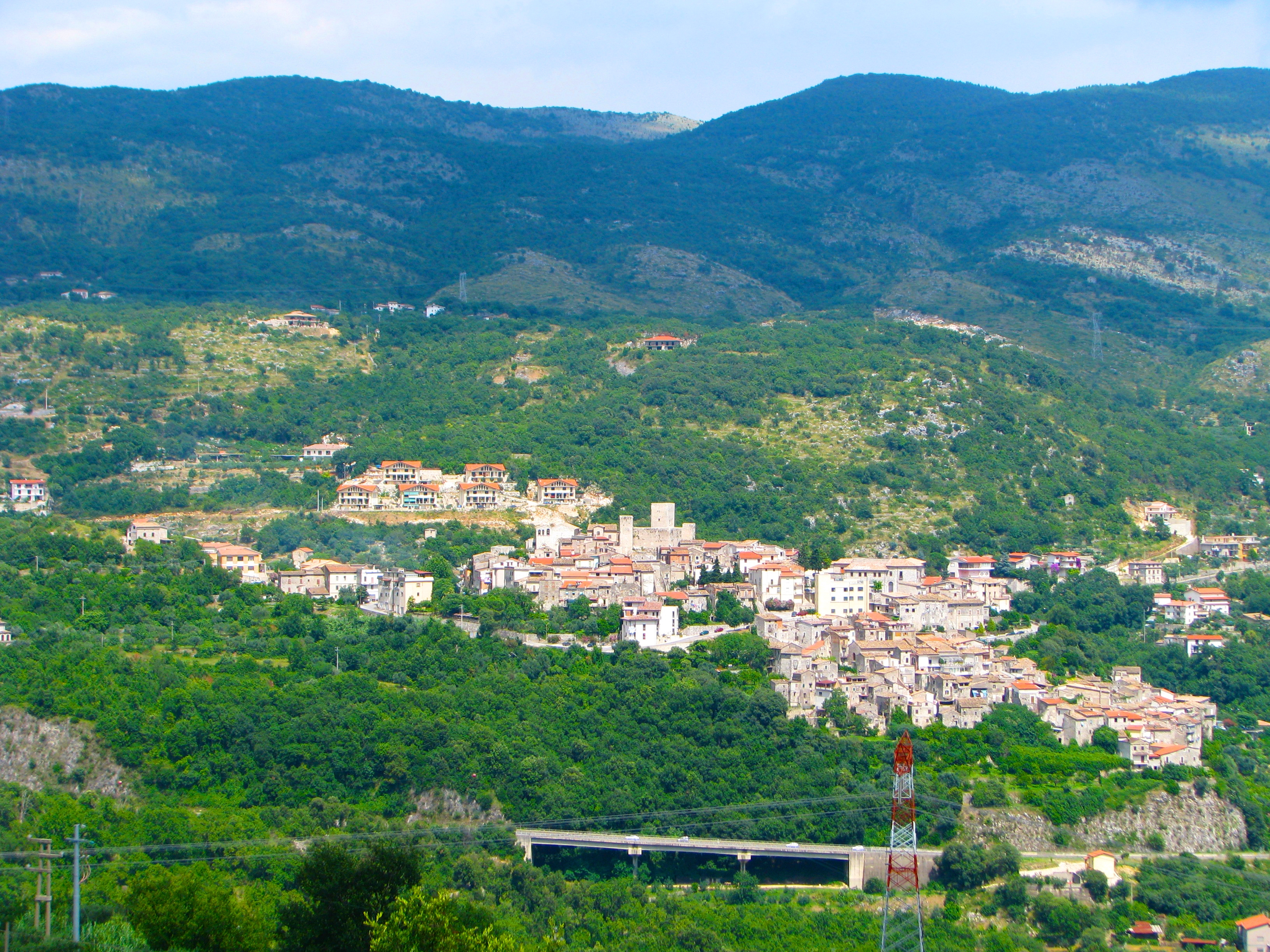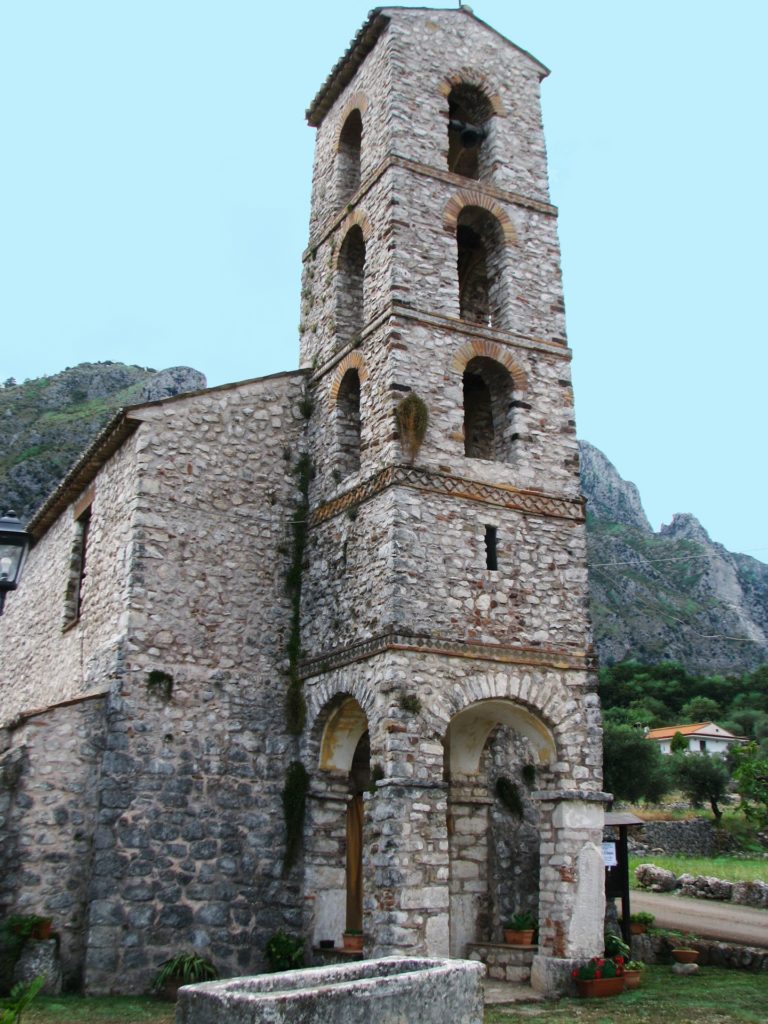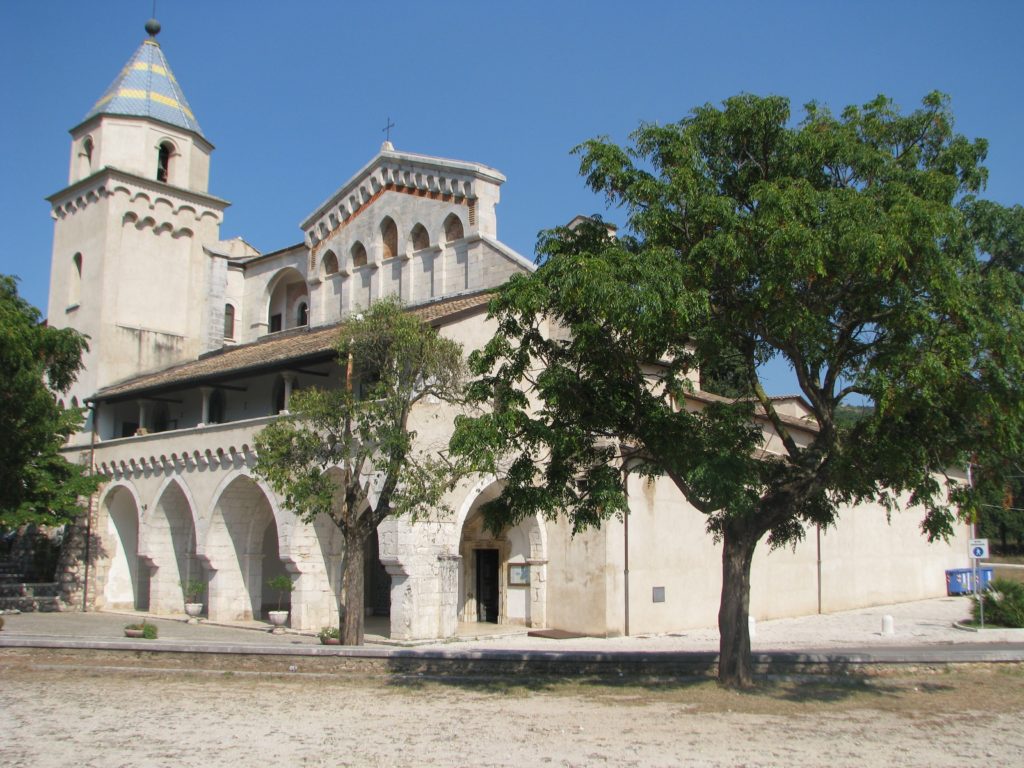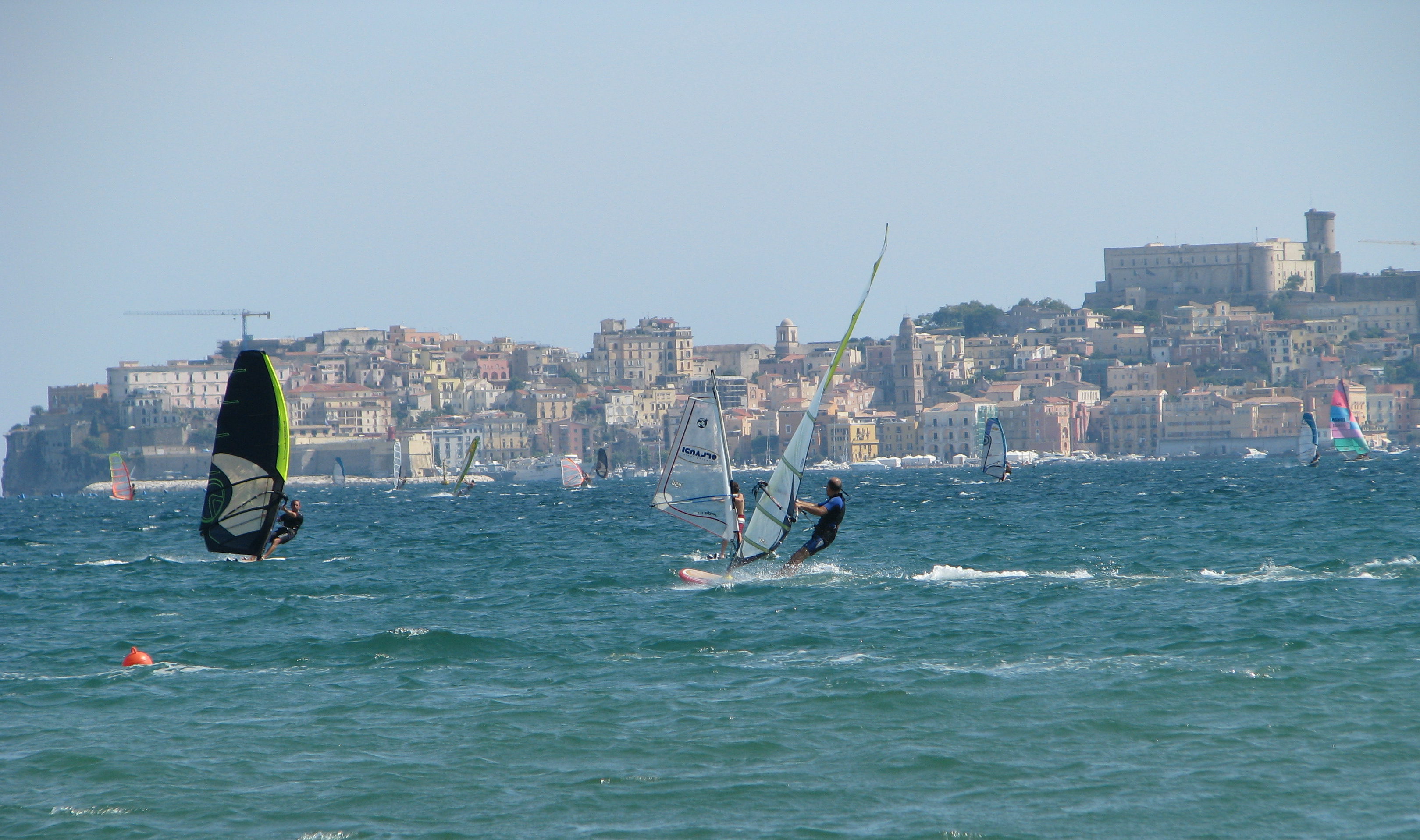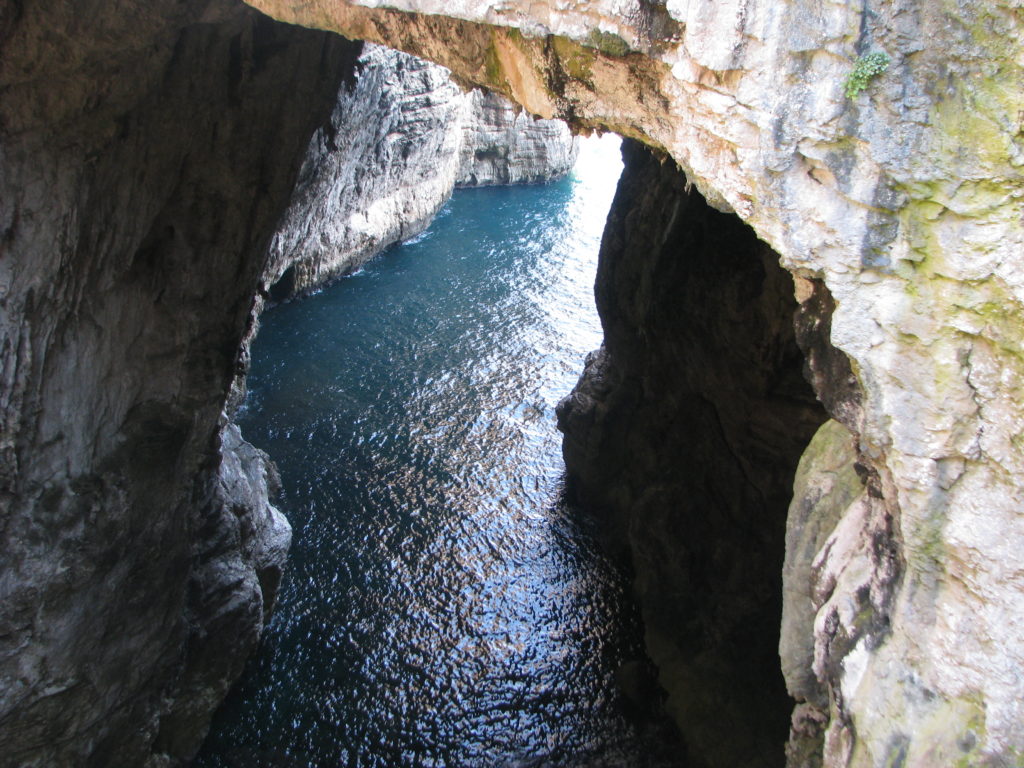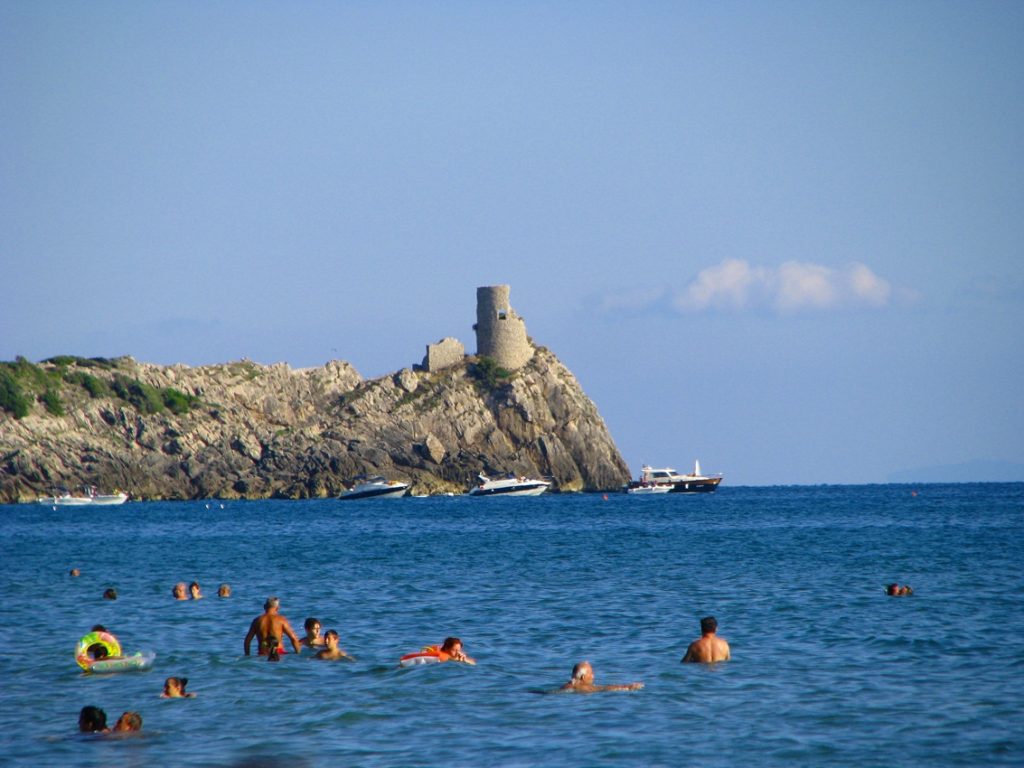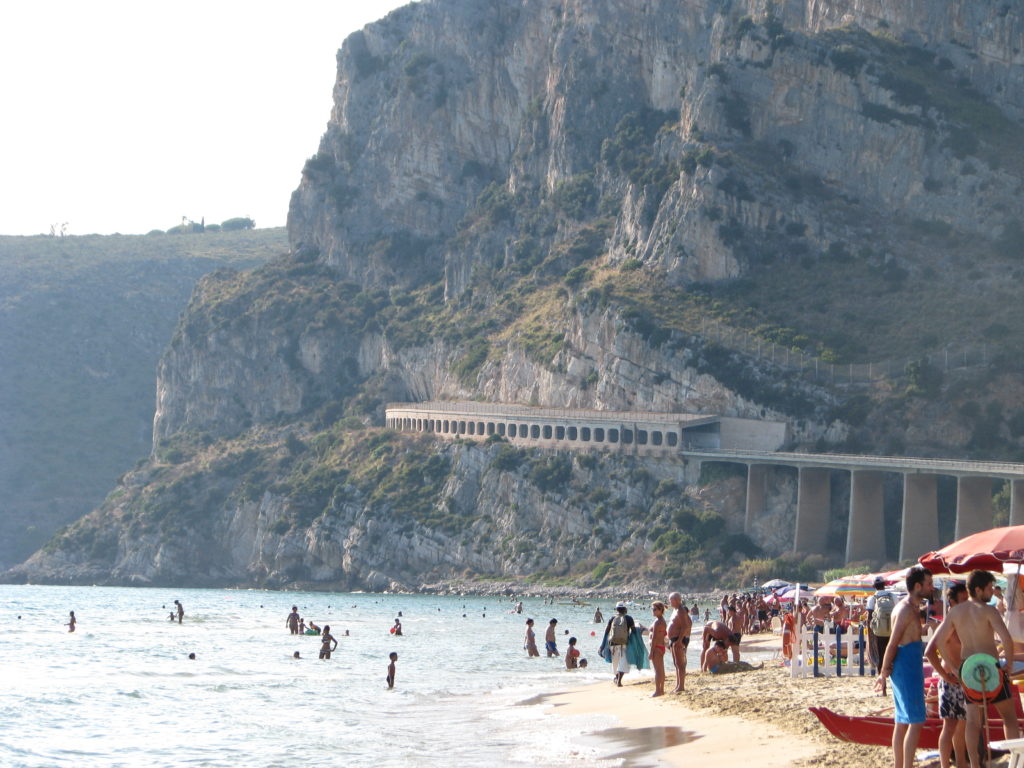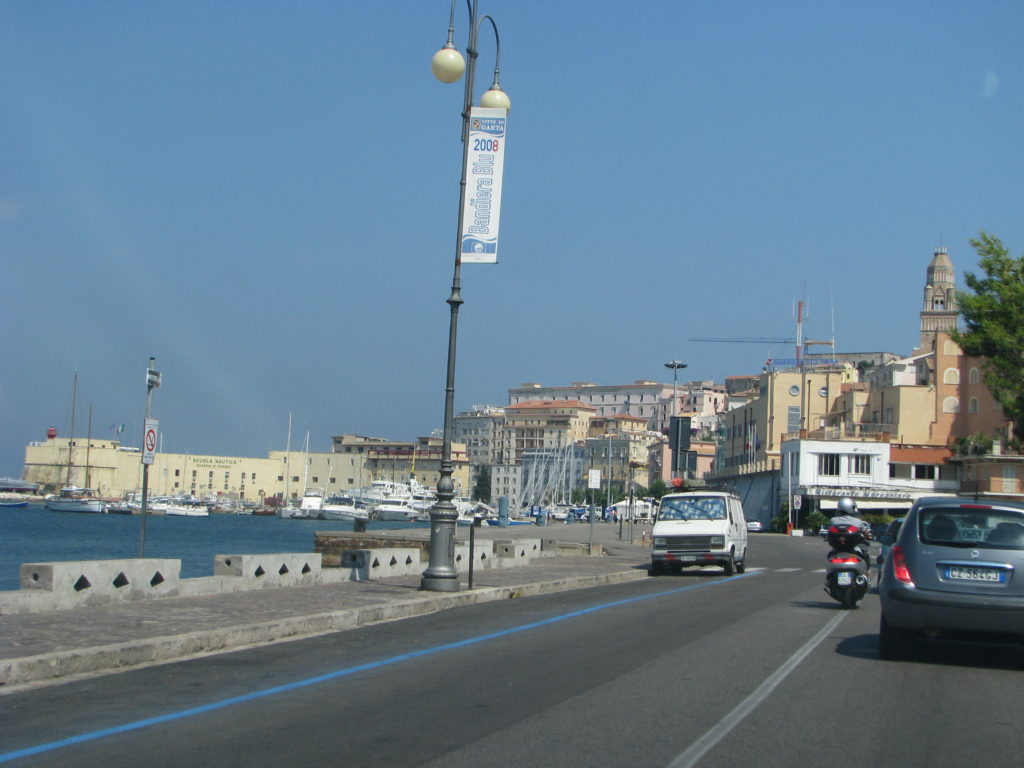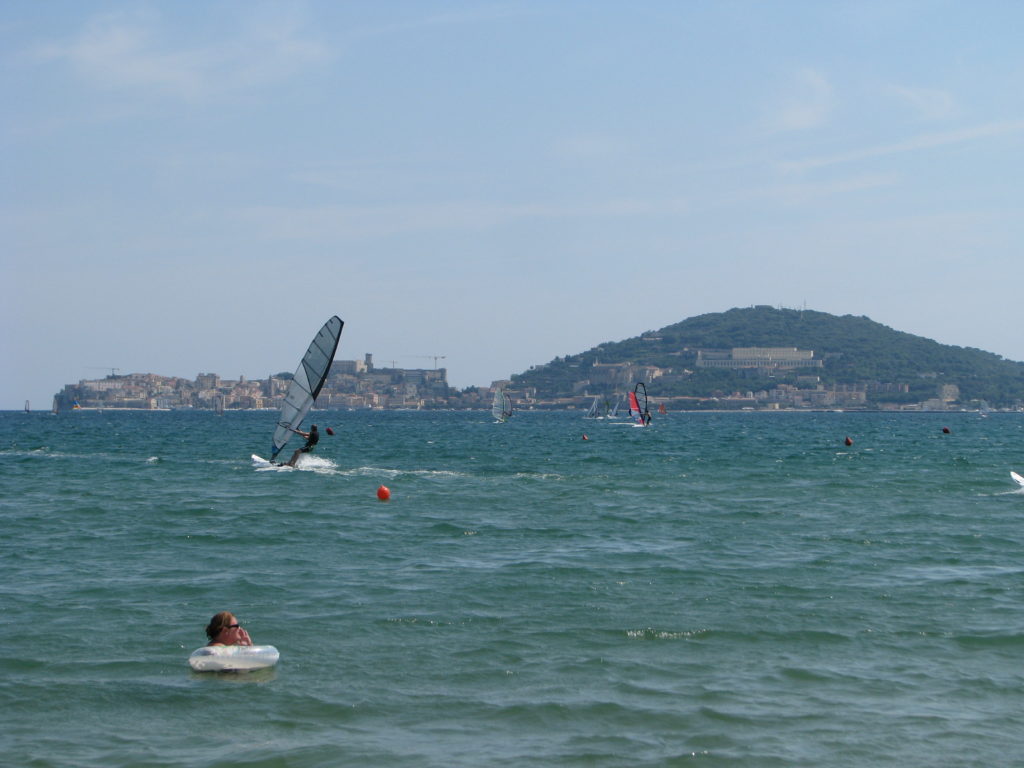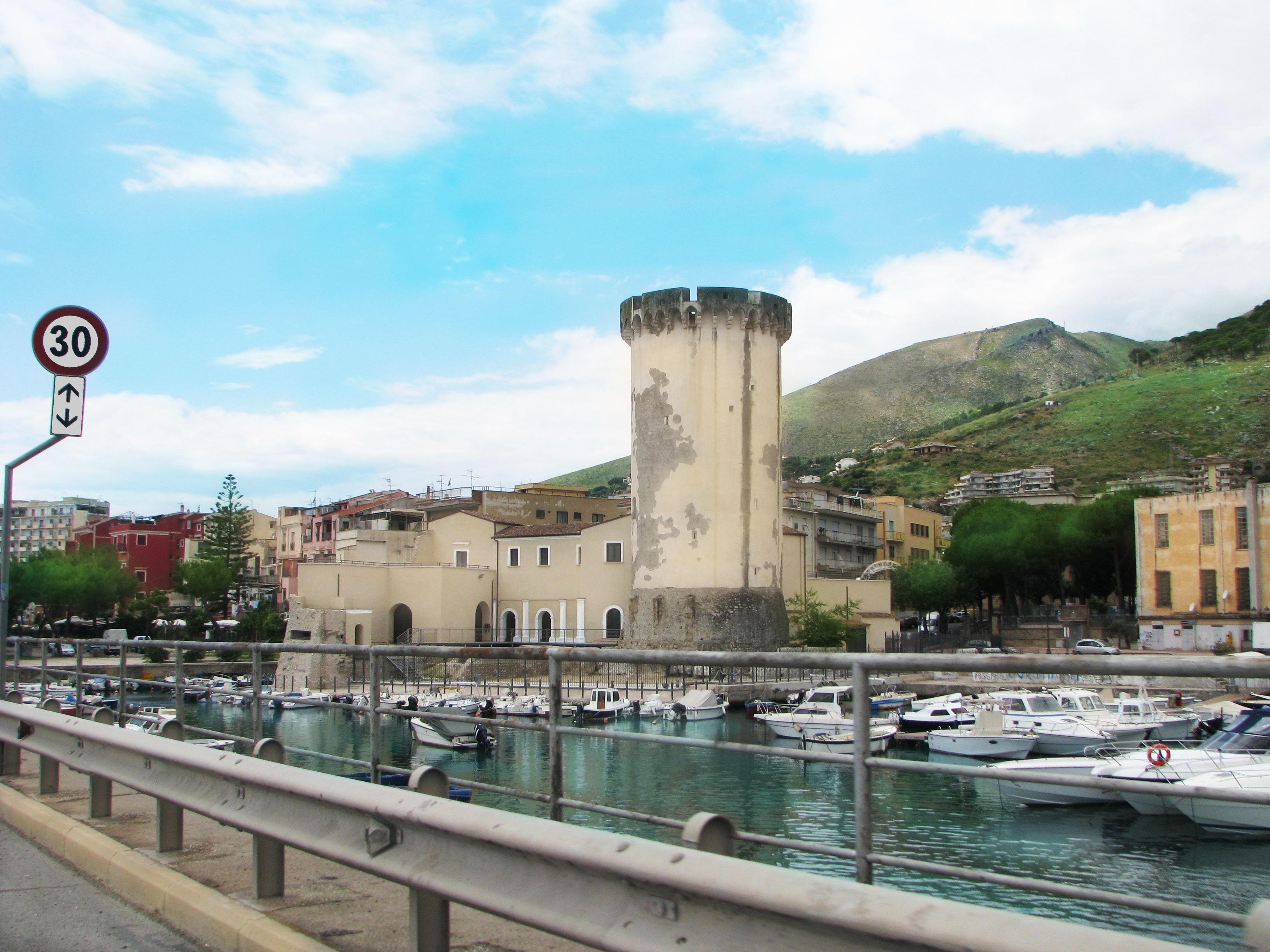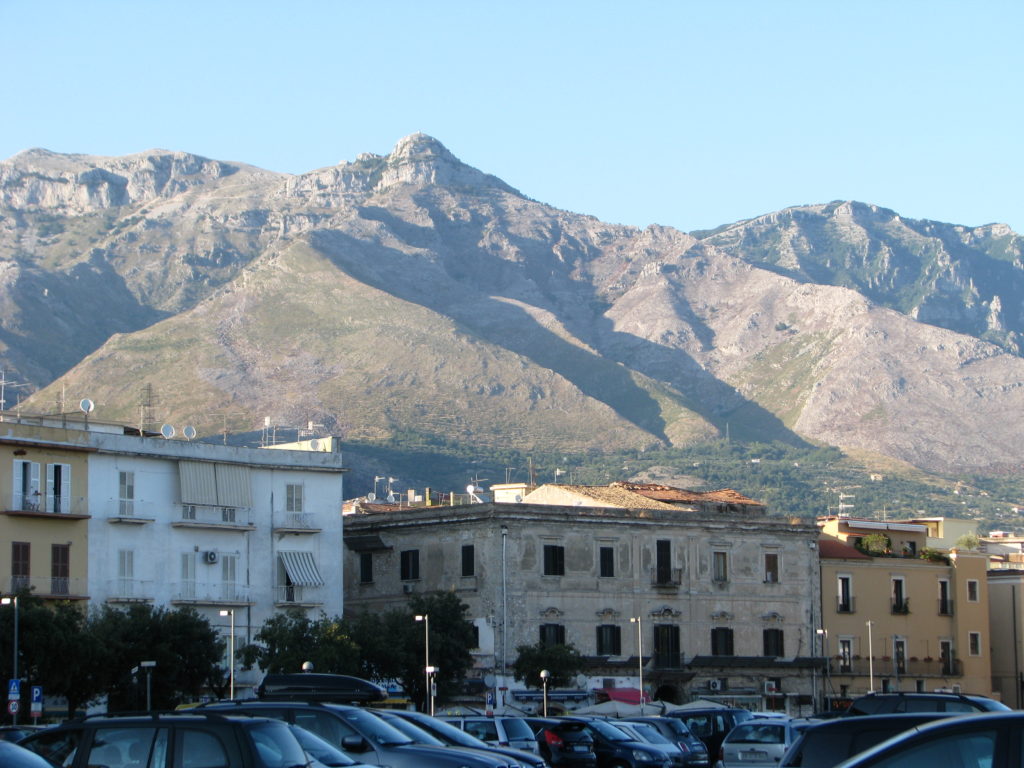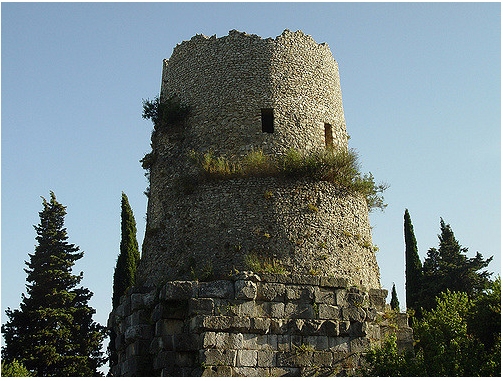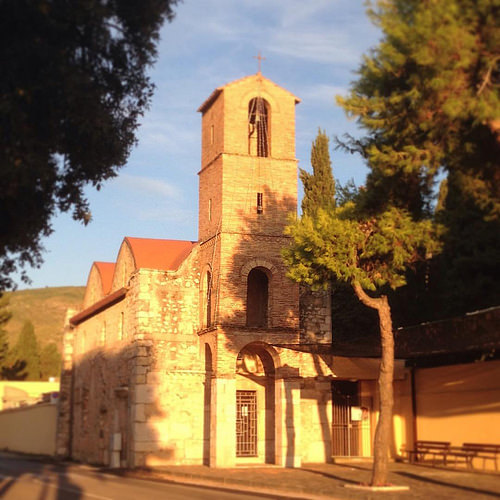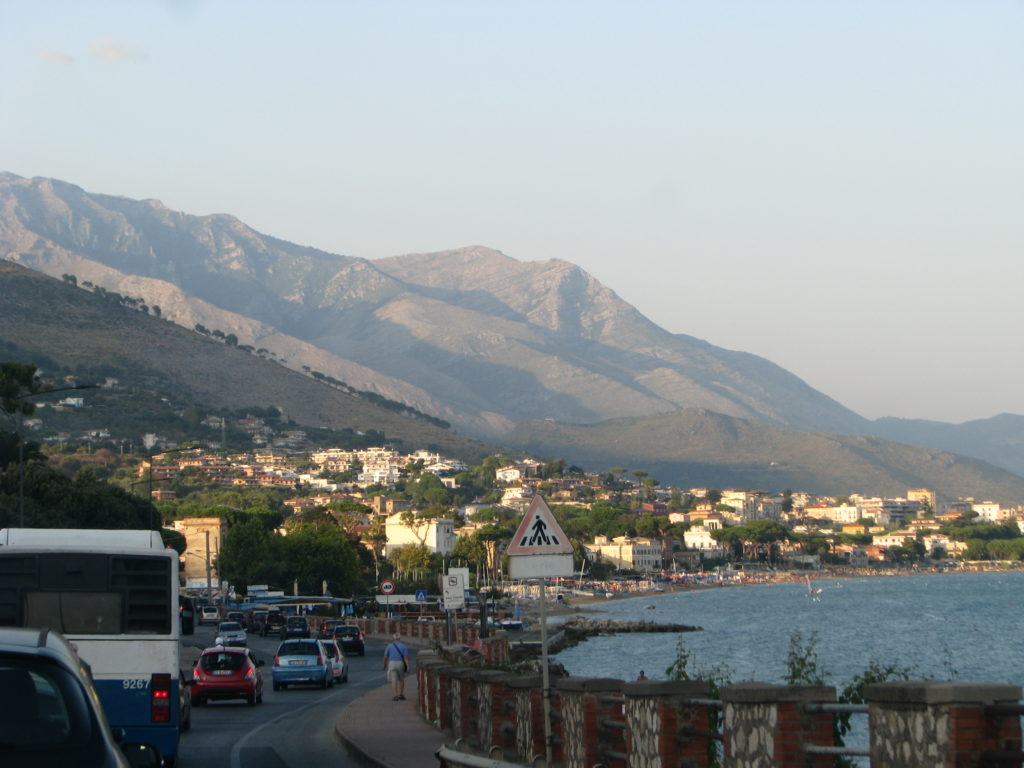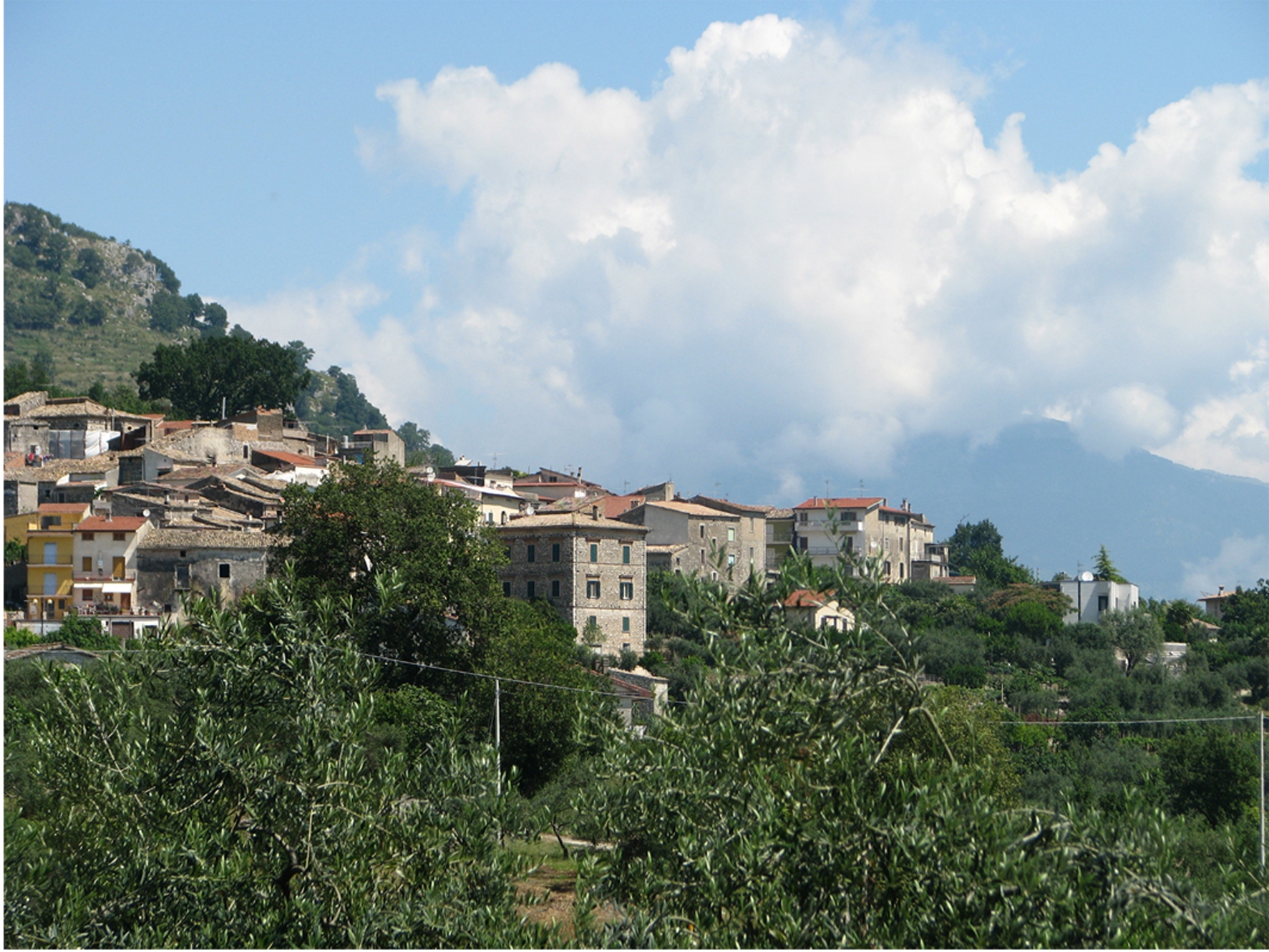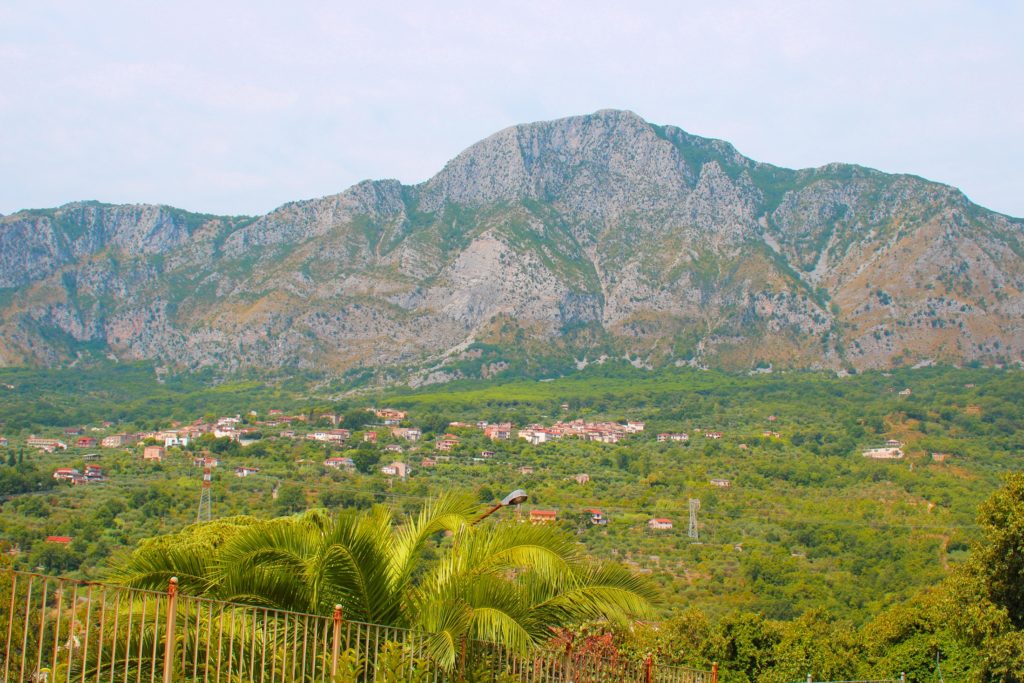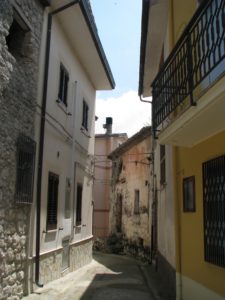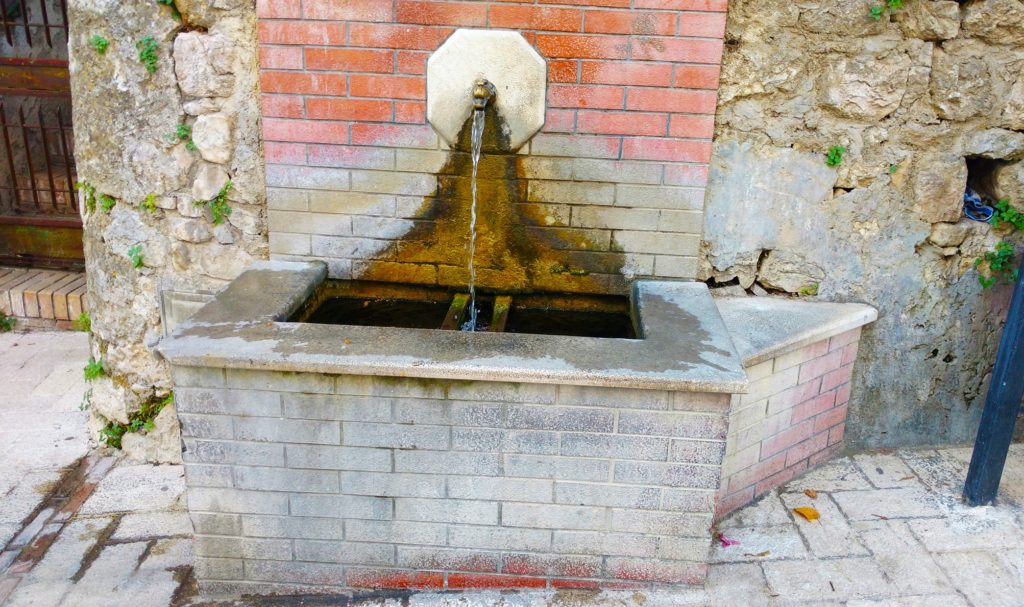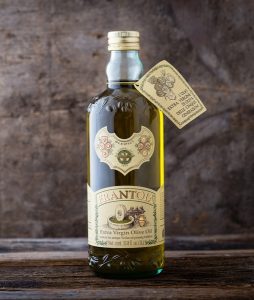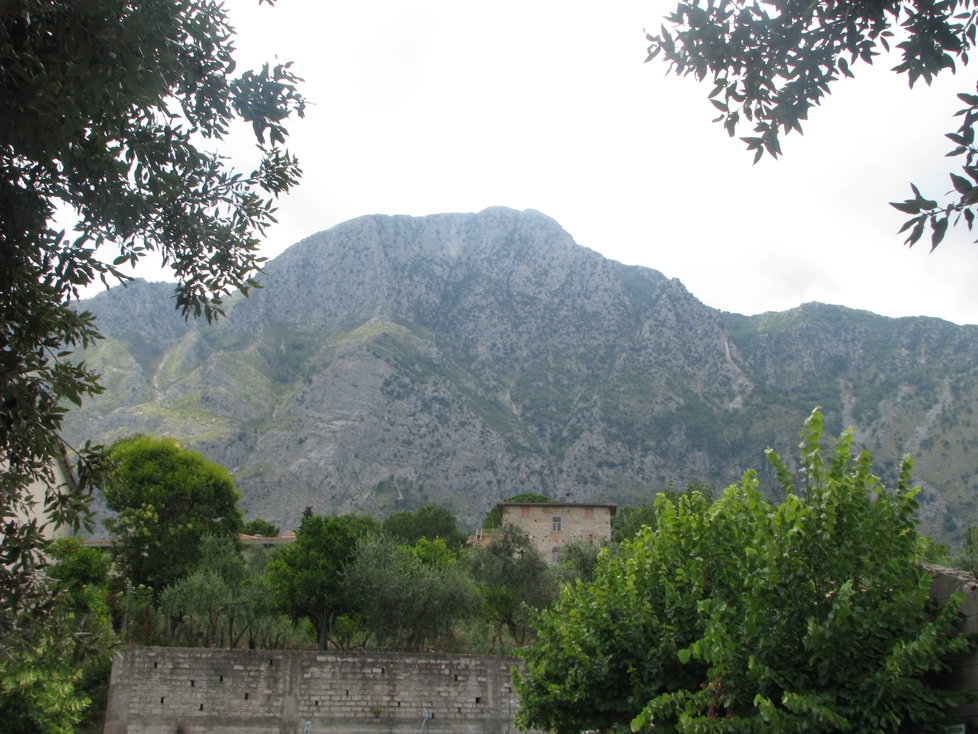Monte Fammera is a very distinctly shaped mountain which overlooks the municipalities of Ausonia and Spigno Saturnia. It is part of the Aurunci Mountains in the Apennine Mountain range.
I’ve heard many stories regarding this mountain during World War II from family members. There is a cave somewhere in this mountain where the residents of Selvacava and the surrounding towns used to hide in during WWII. Since the mountain is at a higher level than the towns, it was a good vantage point for spotting invading soldiers not only on the ground, but also from the Tyrrhenian Sea in the distance.
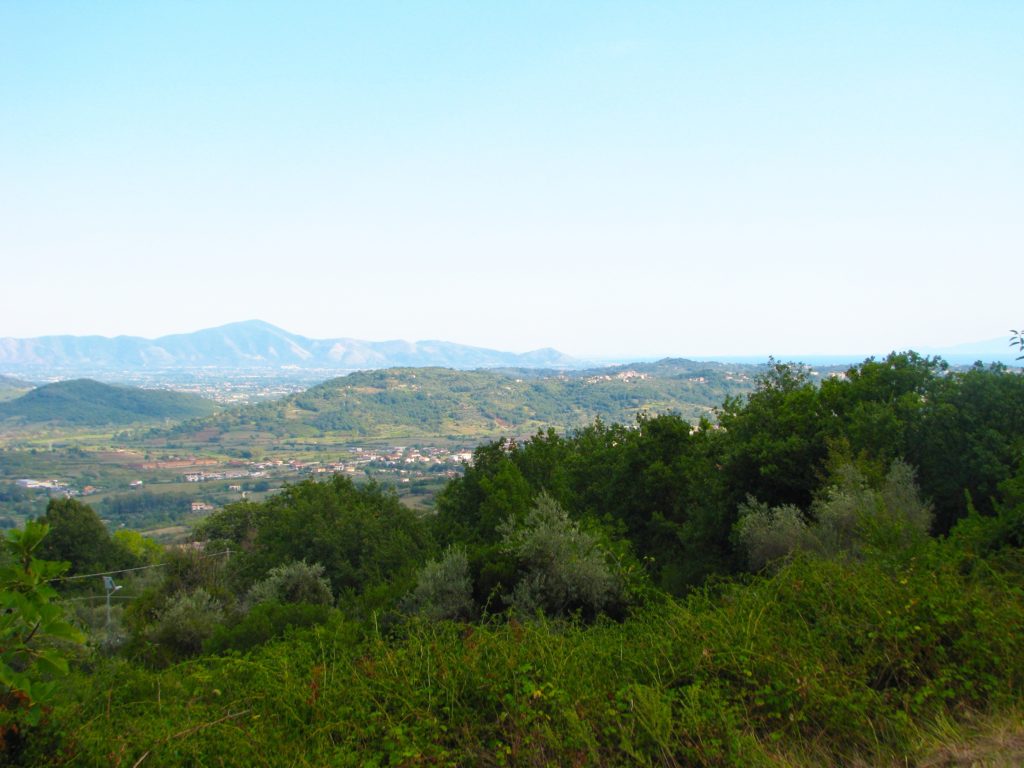
Selvacava, with its many olive groves, looking toward the Tyrrhenian Sea
My father told of how Nazi soldiers tried to get him to fight with them and when he refused, he was shot in the leg while running to the mountain, and how they were so hungry while hiding out that they had to kill their donkey and eat it. In fact, I still have the horseshoe that my father saved.
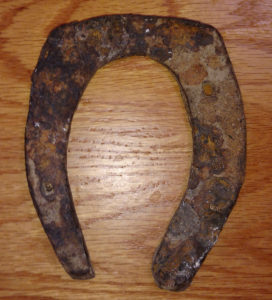
My dad’s donkey’s horseshoe
My uncle also told me of how one day all the shooting and bombing had stopped. My great aunt decided to leave the cave to see why there was a great silence and when she peered over a small hill, she found herself with a submachine gun pointed at her face! It turned out that the war had ended and the French were looking for Nazis and she had spooked them.
When I was little and lived in the Bronx, my father belonged to a club of “paesans” from Selvacava. One time they had a Christmas party at the old Alex and Henry’s Catering Hall, where they usually had their parties, and hired this old guy as entertainment who told jokes and stories about WWII in Italy and did sound effects to go along with it. I remember feeling very uncomfortable watching the old Italians around me laughing at something I found so terrifying but then I realized that was how they dealt with what they had gone through, just like when I lived in Italy and my father and uncle would often break out their old record of war songs and play them. I didn’t know at the time that they were war songs until years later when I was watching the movie Moon Over Parador and heard one of the songs, “Lili Marlen” in one of the scenes and I looked it up.
For travel arrangements, go to Travel and Tourism.
Subscribe to my blog so that you don’t miss posts like this one!



